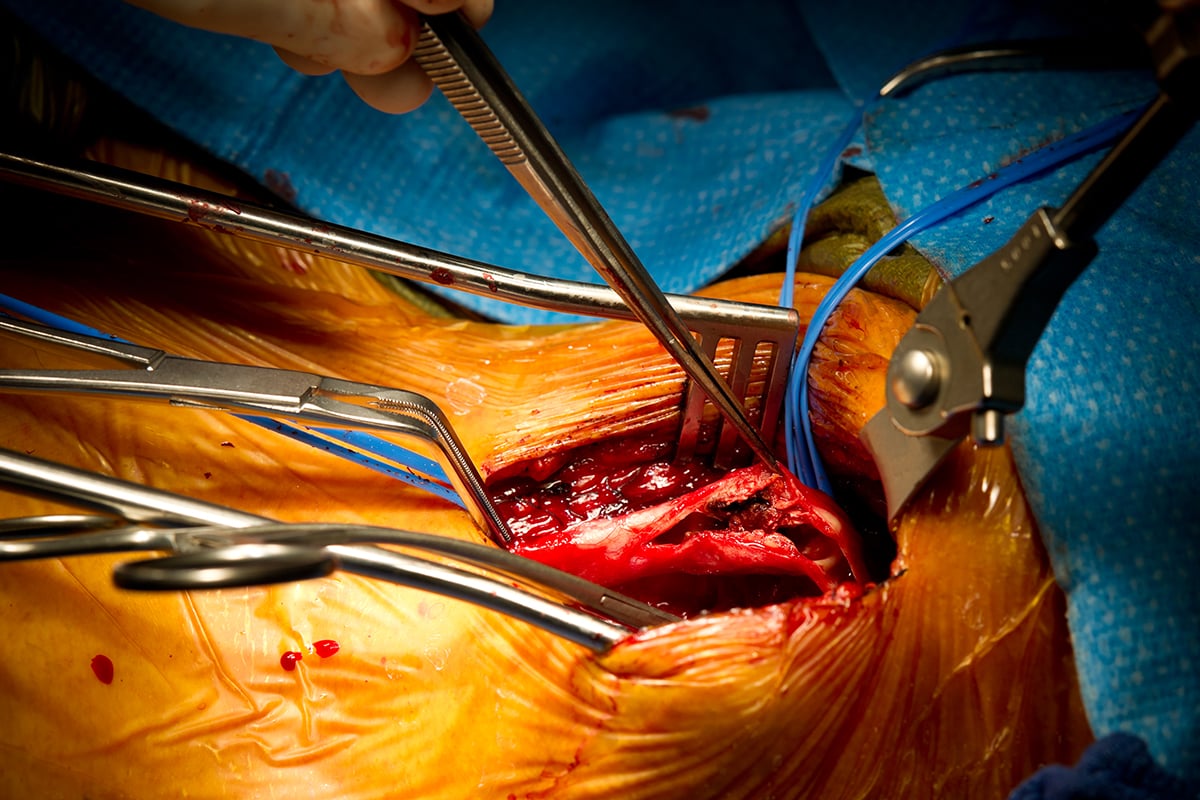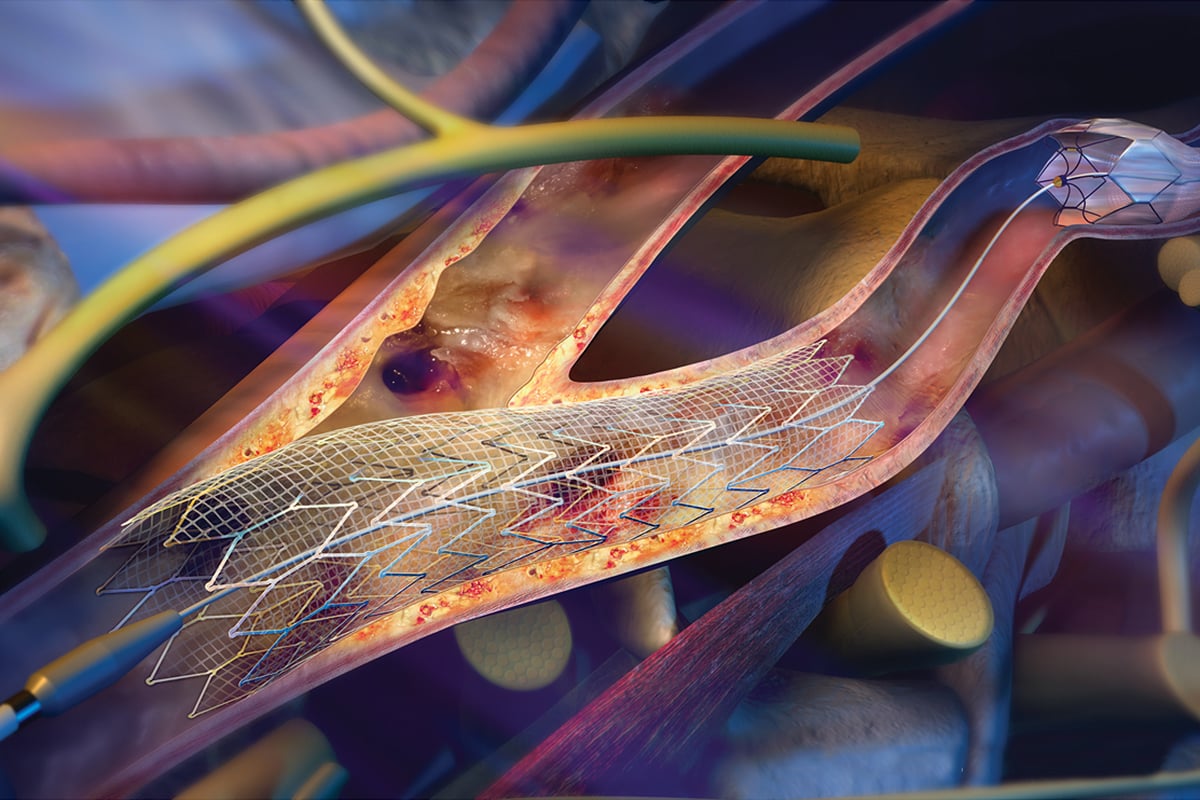The carotid arteries (there are two of them) are arteries in the neck that supply blood to the face and neck and to the front section of the brain.
Carotid Artery Disease
Carotid artery disease is very similar to other arterial diseases such as peripheral artery disease and coronary heart disease, in that it is caused by the build up of plaque inside the artery which narrows the artery and can block it. This process is referred to as 'atherosclerosis'.
Carotid artery disease may be present without you knowing about it, although suffering either a stroke or a 'transient ischaemic attack' (or 'TIA') is a possible symptom.
Diagnosis
A doctor can make an initial diagnosis using a stethoscope by listening to the sound (called 'bruit') made by the arteries when they are narrowed. To confirm an initial diagnosis the following tests may be used...
- Carotid Duplex Ultrasound - a specialised form of ultrasound
- Magnetic Resonance Angiography (MRA) - similar to a conventional MRI, a dye is injected into the veins to ‘light up’ the carotid arteries and create a picture of how they are working from the chest up into the brain
- Computed Tomography Angiography (CTA) - a form of CT scan similar to the MRA in that a dye is injected into the veins
Treatment
Mild to moderate carotid disease is treated with medication and lifestyle adjustment. For severe narrowing or unstable plaque that is causing strokes the treatment is surgery. There are two different procedures generally used:
Carotid Endarterectomy ('CEA')
In this procedure, the affected section of the lining of the artery is removed and is left with as smooth an internal surface as possible. During the procedure, the arteries are clamped and a small tube called a shunt may be inserted to reroute the blood to the brain around the section being worked on. The artery is then closed, sometimes with a graft called a 'patch'.
The procedure is normally carried out under a general anaesthetic and involves making a ~5cm incision on the side of the neck between the ear and the collarbone. It takes around 2 hours, and patients are routinely admitted to the Intensive Care Unit (ICU) overnight for monitoring with a short hospital stay afterwards.
This photo is mid-way through a carotid endarterectomy and shows the plaque about to be removed from the artery.
Carotid Stent
In this procedure, sometimes also referred to as 'carotid angioplasty' or 'carotid artery stenting' ('CAS'), a stent is inserted into the affected section of carotid artery, with the stent left in place to hold the narrowed section open. A balloon is used to open the section of artery before the stent is located in place. A ‘filter’ is temporarily placed distally in the artery to catch any possible debris. This is a ‘keyhole’ or 'percutaneous' procedure, that is the balloon and stent are moved up into the carotid artery using a catheter which is normally inserted into the body via an artery in the groin.
The procedure can be carried out under general or local anaesthetic and generally takes between one and two hours, with a hospital stay of 1-2 days after the procedure.
Image depicts a carotid artery stent in place, with a distal filter. © 2017 W.L. Gore & Associates. used with permission.
With both procedures, it is recommended not to be involved in any strenuous activity for 2-3 weeks afterwards.
Which procedure is most suitable?
Dr Hagley will take into account many factors in determining which is the most appropriate approach, including:
- Your age
- Your gender
- Whether you have already had a stroke or TIA
- How narrowed the carotid arteries are
- Whether you have had previous neck surgery or radiation treatment to the neck
- Whether you have any other health conditions that may impact on your anaesthetic risk


